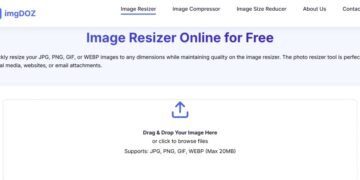Even though one now lives in a digital age, businesses continue to use business cards. This marketing strategy includes advertising, identifying the brand portfolio, attracting customers, and, most importantly, providing contact information. The design and features of a business card are critical to the success of a company or organisation. Strangers can become long-term clients and colleagues with the proper design of these small billboards. The absence of these would be a missed opportunity, as they are frequently overlooked.
Employees at companies such as Telstra and Commonwealth Bank are given their business cards as a thank you.
Few factors to bear in mind while producing business cards
Size, Color, and Style of Card:
Die-cutting has grown in popularity as manufacturing techniques have advanced and as die-cutting has gotten more popular. All of the above factors heavily influence type diversity.
- Among the methods are unique typography techniques.
- Minimalist and maximalist design styles.
- 3D models were incorporated.
- Compositions that feature a business-related image.
Size:
For business cards, this is critical. A creative shape can be achieved by either observing the country’s conventional size or simply knowing it. For example:
- In Australia, the standard dimension is 90 x 55 mm.
- In Europe, 85 x 55 mm is the usual size.
This will prevent any accidents during cutting if the information is kept at least 5 millimetres away from the edge. This distance is regarded as the safety line. Ensure that the Trim line (marking line for cutting) and the bleed area are positioned beyond this (extra part of the card most likely to be removed)
A comprehensive range of logo and graphic design services are available at most designers.
Because of the rising level of graphic design expertise, it is a brilliant idea to employ graphics to market your business.
If you choose, you can also include your company’s logo on the reverse side. However, this isn’t required as a general rule (in an artistic manner).
There is no need to play around with different colours to catch the viewer’s eye; introductory, minimal text and graphics cards are also commonly used in the market.
Composition & Typefaces
If you want your potential consumers to enjoy looking at your business cards, you must restrict the material to a minimum and choose a colour-coordinated typeface. Having no contact information on a business card renders it worthless.
Add-ons that are not included in the standard price
It’s entirely up to you whether or not you want to jazz up your business card. Spot UV treatment, letter pressing, and foil stamping are just a few of the techniques that are at your disposal.
It’s time to get down to business
When it comes to hiring an experienced designer, it’s entirely up to the individual to decide. In the long run, working with a designer will save you time and money.
With scented inks or additional layers that complement the message’s subject matter, individuals who want to go farther can have their cards manufactured accordingly. Foldable and transparent cards are becoming increasingly popular these days.
Your business card should reflect your company’s or brand’s visual identity. According to Forbes respondents, trade still relies significantly on these commercial tools despite the rise of social media platforms like LinkedIn and Twitter. Often, they are the driving force behind the realisation of a person’s dream.










